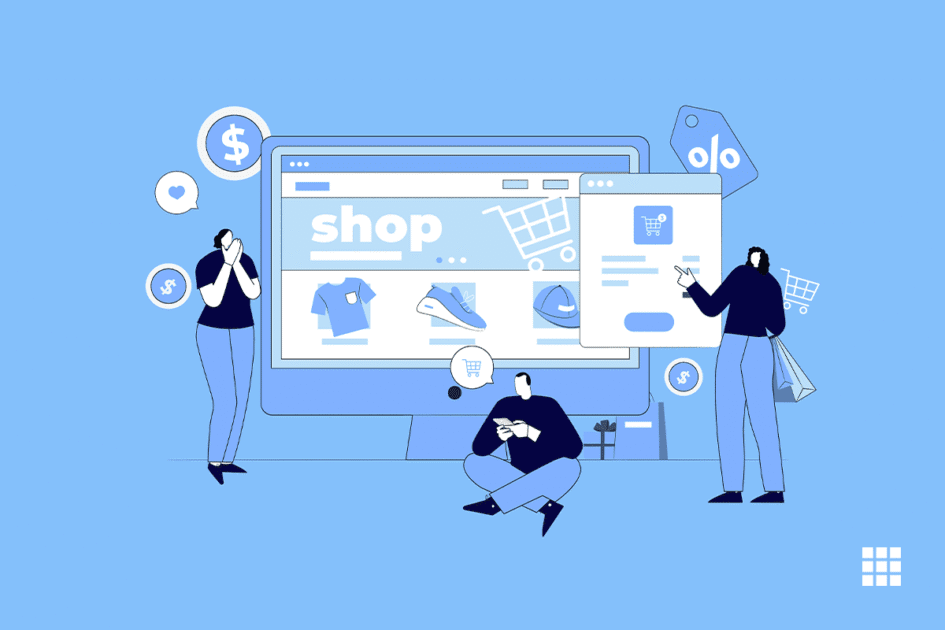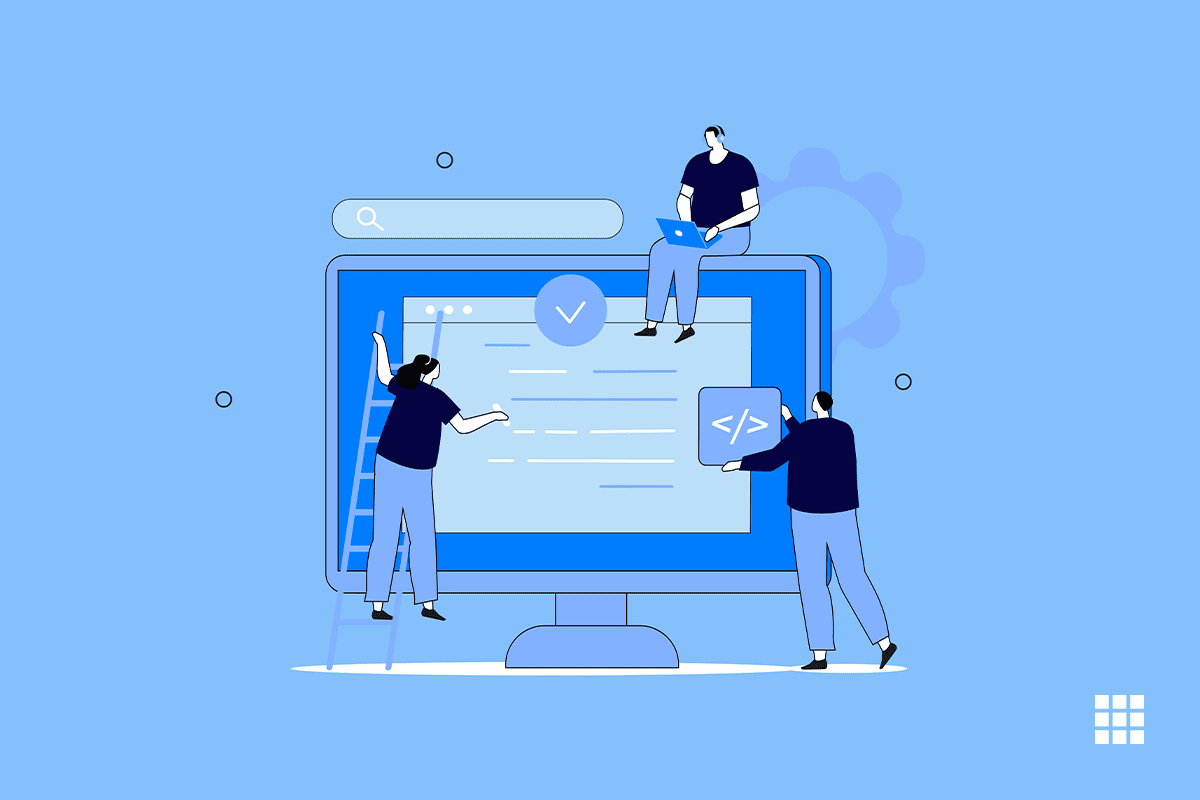1. Measure your baseline
Begin by understanding the activities that are already happening on your website. You can answer certain questions to determine where you stand:- Who is coming to your website?
- Are they able to find the content you want them to find?
- Or they aren’t visiting at all?
2. Segment your audience
Segmentation is the process of dividing customers or prospects into specific groups on the basis of similar attributes or needs. A few common segments for B2B websites include company size, verticals, customers, and sales stage, among others. Once you have these segments, you can start building personalization strategies based on each segment’s needs. The personalization strategy should be inclusive of messaging that is specific to every particular segment and resonates with the audience, helping you achieve your business objectives associated with every segment. For example, you have a customer growth objective for every current customer. And to achieve this goal, you are required to cross-sell or upsell new products to those customers. So let website personalization do that for you. When your customers visit your website, it should talk about the next best solution or product they can consider buying, as simple as that.3. Create the right message for the right audience
Some marketers think that they need to create fresh content for every segment, which may seem to be a very time-consuming process. The reality is you can leverage the content that you already have. For example, you already have a white paper, eBook, or case study. You can simply tweak the introduction of the piece, create, and insert more compelling call-to-action buttons or you can even add relevant images to the landing page.4. Measure your message
After you have written the key taglines, messages, and images for every relevant segment, you can start determining their performance via a series of A/B tests. Once you find a perfect message that resonates with one segment, you can begin rolling it out to your website. However, do not forget that personalization is a continuous process that you consistently perform and measure. So, keep tweaking and measuring your message’s effectiveness.Benefits of website personalization
Website personalization offers a wide range of benefits:-
More engaging experience
By providing personalized design and content, you can increase the amount of time that users spend on your website and the number of pages they visit. Thus, helping you create a more engaging experience. -
Better brand perception
Businesses can differentiate themselves from their competitors while gaining a competitive advantage by providing a personalized user experience. -
Search Engine Optimization
An increased engagement rate from website personalization can even contribute to SEO. Google takes into account when a user bounces from a website and measures how much time they spent on the website while assigning page rank based on the usefulness of the result. -
Improved lead generation
Mostly, B2B website personalization aims at optimizing conversion rate. Website personalization can help generate way more leads as compared to generic content on the website besides boosting engagement rates because it caters to the specific needs of the buyers, helping them make their purchase decision faster.



Write A Comment